We may earn money or products from the companies mentioned in this post. This means if you click on the link and purchase the item, I will receive a small commission at no extra cost to you ... you're just helping re-supply our family's travel fund.
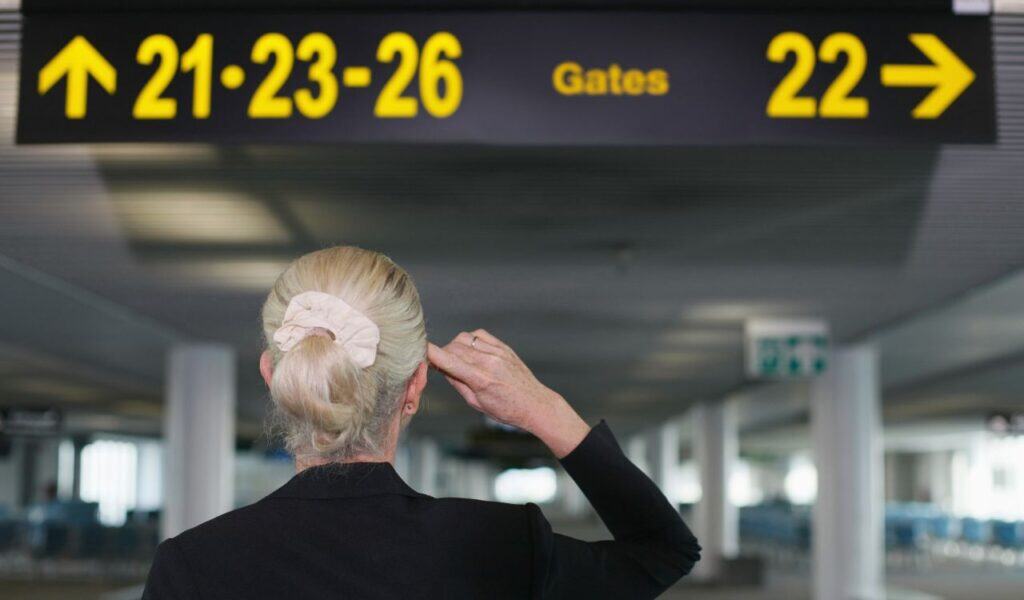
Holiday travel is tough in a normal year; during a shutdown, lines can stretch for hours, Houston saw waits top three, so chain‑reaction delays hit faster. The fix is simple moves that punch above their weight: fly earlier, simplify routes, build buffer, and stay glued to live updates. Add a crisp rebooking plan and clear refund rights, and you’ll turn chaos into a manageable detour, not a derailed trip.
Fly Early, Fly Nonstop

Save hours and avoid misconnects by booking the first nonstop of the day, cutting exposure to crew time‑outs, ground stops, and late‑day congestion. Nonstops remove connection failure points entirely, which matters when staffing shortages slow gate turns and deicing queues. Morning departures generally leave closer to schedule and recover faster if disrupted, making this the highest‑impact step when capacity is tight.
Pad Connections If You Must
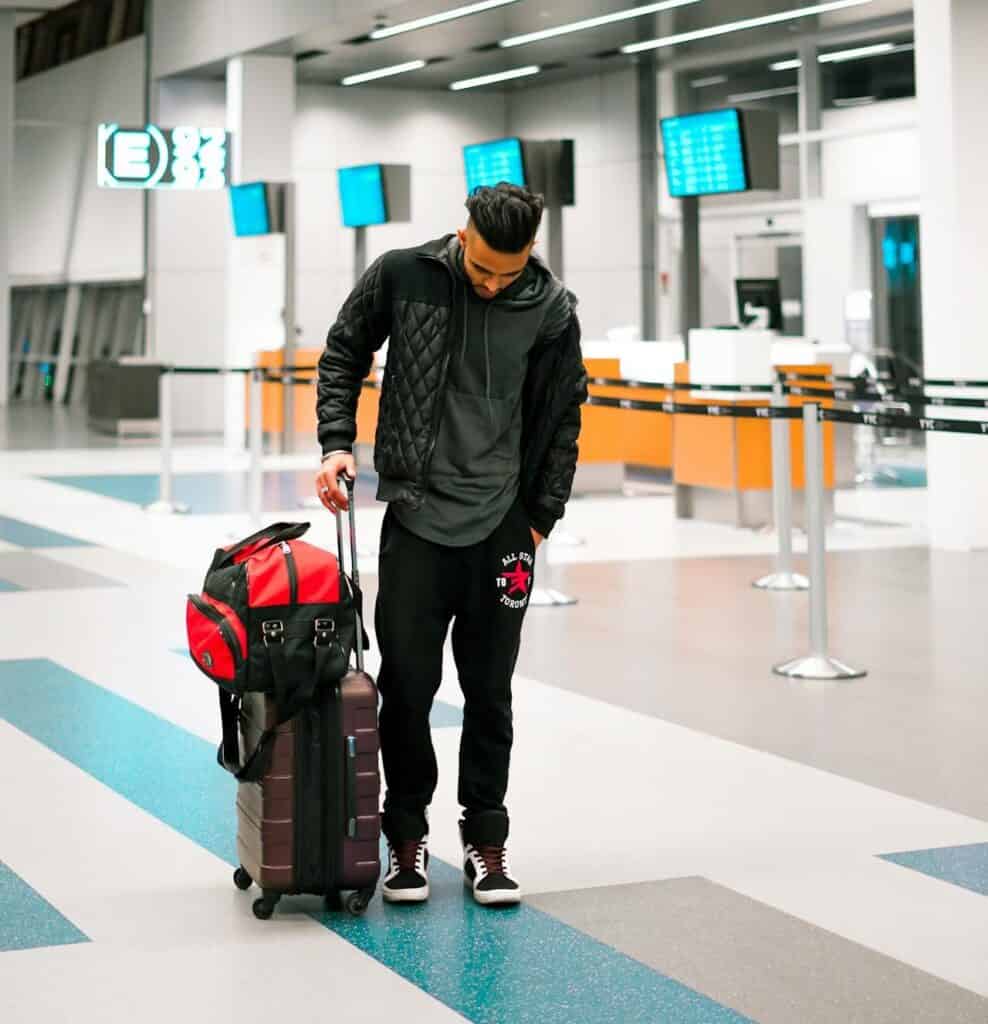
If a connection is unavoidable, build generous buffer, often two to three hours domestically and more for international, as an expert guideline, not a rule. Under shutdown stress, minor hiccups can become missed banks as aircraft stack for gates and crews hit duty limits. That cushion lets you absorb late inbounds, slow baggage transfers, and terminal changes without an unplanned overnight.
Shift Off Peak Days

Avoid peak outbound and return dates when staffing is tightest and lines longest. Moving even one day earlier or later can pull you out of the worst congestion and into flights with higher on‑time odds. Calmer days also mean better same‑day reaccommodation inventory if plans wobble, improving your chance of arriving with less drama when disruptions ripple across the network.
Arrive Early With Buffer
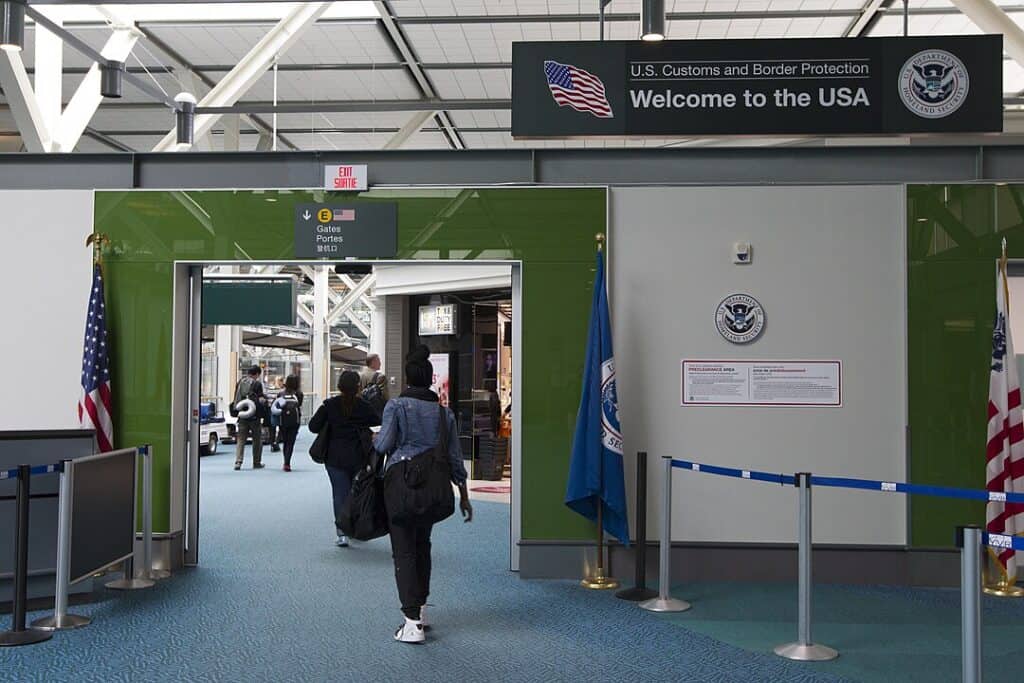
Plan to reach the airport much earlier than usual, especially at large hubs that have seen waits near or above three hours during staffing shortfalls. That margin absorbs sudden checkpoint closures, extended document checks, and manual screening. Extra time also lets you pivot to different checkpoints or terminals if one chokepoint stalls, turning a nail‑biter into a calm, predictable start.
Use Fast Lanes, Verify Checkpoints
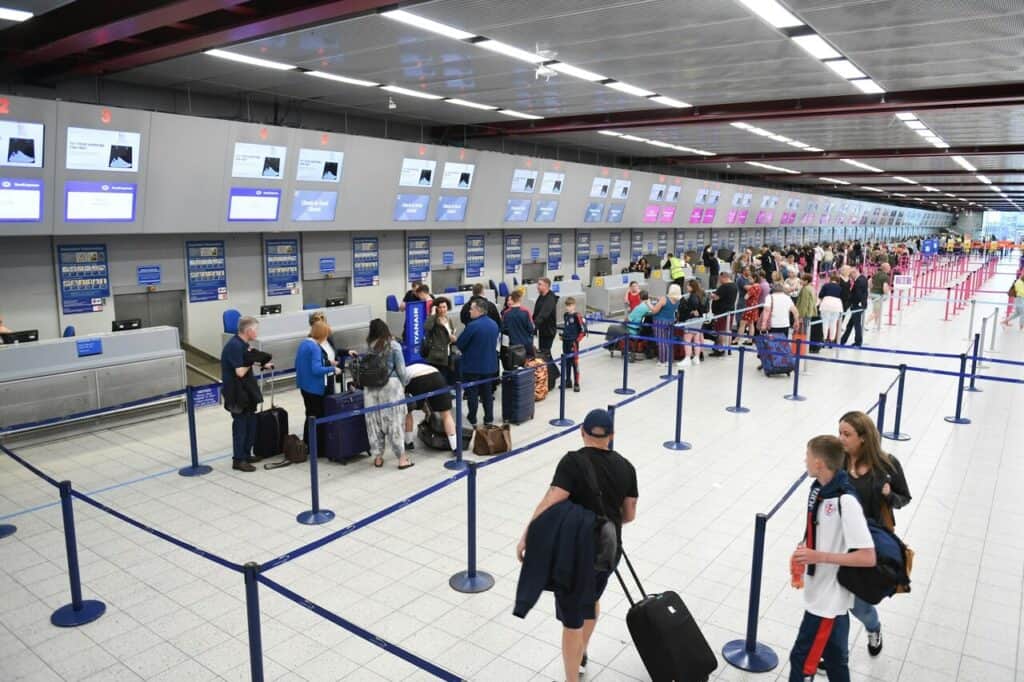
Lean on TSA PreCheck, CLEAR, and mobile or Touch ID to bypass long queues and reduce re‑screening if you change terminals. Before leaving, confirm which checkpoints are open; during staffing crunches, airports sometimes consolidate lanes or close earlier than posted. Stacking these advantages shrinks total journey time and preserves buffer for last‑minute gate and terminal shifts.
Turn On Every Alert

Enable app, SMS, and email notifications for your flight, and make sure your record locator is linked so rebooking options surface instantly. Gate swaps, equipment changes, and waiver windows often appear digitally before a podium announcement. The first traveler to tap “change flight” usually gets the last good seat, so speed, fueled by alerts, directly improves outcomes.
Watch Airport Status And Trackers

Check airport security‑wait pages and flight‑tracking dashboards to time your arrival and pick backup routings. If your origin shows spiking holds, a nearby airport may offer better flow or earlier connections. Seeing system‑wide delays early also cues you to pack food, download entertainment, and brace for longer taxi‑out and gate‑hold times so you’re ready, not rattled.
Rebook On All Channels At Once

When cancellation hits, work channels in parallel: stand in the service line while calling, live‑chatting, and messaging the airline on social. Each path taps different inventory buckets, and the first successful agent wins you the seat. This multi‑threaded tactic consistently beats waiting at the podium alone when call centers overflow during widespread irregular operations.
Ask For Partner Reaccommodation

In widespread disruptions, legacy carriers sometimes endorse to partners or interline you onto earlier departures. It is discretionary and capacity‑dependent, but asking explicitly and politely with specific flight numbers ready can unlock options the app will not show. Move quickly; those last interlineable seats disappear fast when the system is saturated.
Know Your Refund Rights

If the airline cancels or makes a DOT‑defined significant schedule change and you do not travel, federal rules entitle you to a cash refund, not just a credit. Recent regulations require automatic refunds for qualifying disruptions; referencing DOT standards helps if an agent suggests vouchers. Keep receipts and screenshots to document eligibility and speed resolution.
Buy Flexibility And Coverage
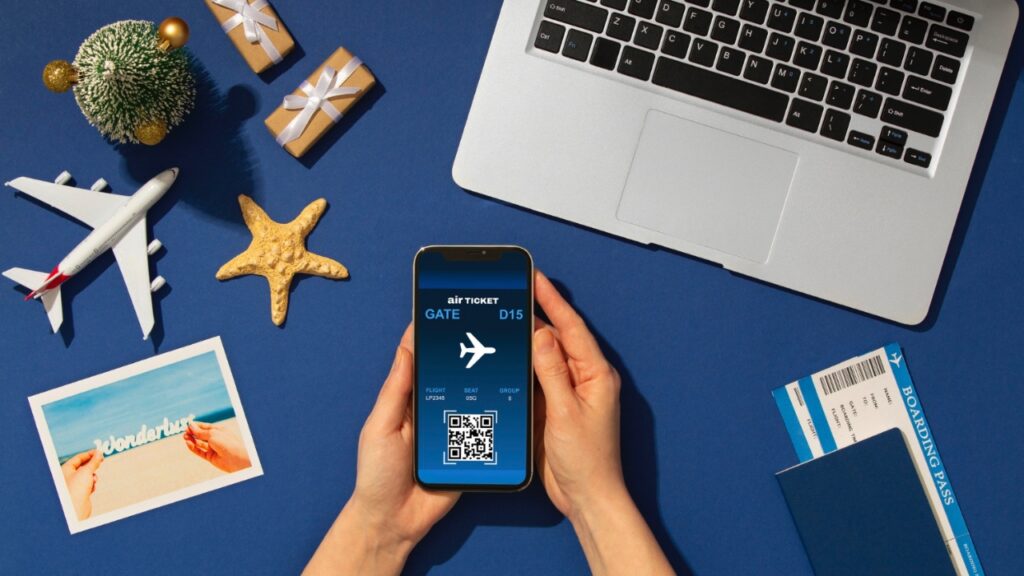
Flexible fares and points bookings make same‑day changes faster and cheaper, and robust travel insurance, ideally Cancel For Any Reason, can cover hotels, meals, and ground transport the airline will not. That combination protects both time and wallet when rolling delays spill into the next day and reaccommodation is scarce. Review exclusions and trigger conditions before purchase.
Pack For Gridlock, Keep Plan B

Travel self‑sufficient: battery packs, cords, offline entertainment, medications, snacks, and a refillable bottle turn multi‑hour gate holds into an inconvenience instead of a crisis. For regional trips, keep a ground backup, train, bus, or one‑way car rental, ready to book if rebooking slips by days. Prepared travelers pivot faster and avoid spending the night in a terminal.